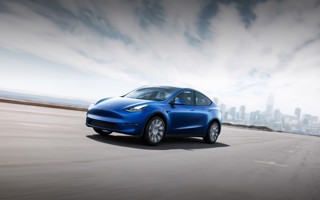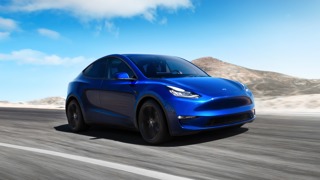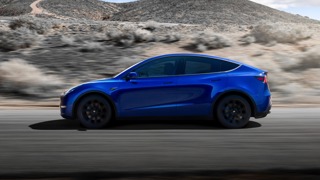By Dylan Setterfield, head of forecast strategy, Cap HPI
The Tesla new car price reductions announced overnight on January 12 were significant, unexpected and widely publicised.
We may never know exactly what impact they had on used values, but the timing of the action, in the midst of a sharp downturn of used values for battery electric vehicles (BEVs), could not have been worse.
In the case of Tesla Model 3, used values had already decreased to the extent that nearly new used retail values were comfortably away from the revised list prices, but the impact on Model Y was to send used values for all three derivatives above cost new.
Unsurprisingly, there was an immediate impact on used values and we expect further significant reductions on this model.
Model 3, in particular, has been used across the industry as a comparison vehicle, even where it is not strictly a direct competitor vehicle for certain models.
As a result, the falls in Tesla Model 3 values are at least partially reflected in many other BEV models.
At Cap HPI we have made an additional negative adjustment to our forecasts due to a combination of reasons: an expectation of increased new car volume due to an improved competitive position (residual values and guaranteed future values are unlikely to decrease in pound note terms by as much as the list price reductions) and also the list price reductions potentially signal a move from a niche premium brand to a more mainstream, volume brand.
LEVERS FOR OTHER MANUFACTURERS
There are also other levers that rival manufacturers could pull in an attempt to reduce Tesla’s competitive advantage.
Although most BEV models are subject to limited fleet discounts, some adjustment may be possible.
Many will be looking very closely at their finance offerings to ensure interest rates are as competitive as possible and exploring whether there are any additional elements which can be incorporated into a new car deal, such as free servicing for a fixed period (unlikely to involve a large financial commitment for a new battery electric car).
As far as we are aware, most other OEMs are unlikely to follow suit with reductions to their own list prices.
Some, like Kia, came out very quickly, keen to rule such a move out and distance themselves from Tesla’s behaviour, while others have kept their cards closer to their chest.
It seems more likely that future planned list price increases may be cancelled, rather than making any attempt to match Tesla on the cost new front.
Some manufacturers also have the option of bringing cheaper versions of their existing vehicles to market; either by including smaller batteries which are already available in other markets, or reducing specification deemed to be unessential or adding limited value in the used market.
> Interested in comparing electric vehicle data? Check out our EV tool.
> Interested in ensuring the efficient use of EVs. Check out our dedicated editorial sections: Insight & policy | EV news | Charging & infrastructure | Costs & incentives | Benefit-in-kind | EV case studies | EV road tests





















Login to comment
Comments
No comments have been made yet.